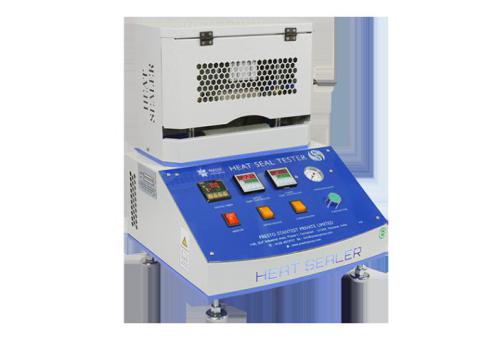
The AI inference market is rapidly evolving, driven by the need for faster, smarter, and more efficient AI-powered applications. As industries race to deploy edge AI solutions and optimize neural networks for real-time decision-making, the focus has shifted to making AI models leaner and more cost-effective. But what’s fueling this transformation, and why is AI inference becoming the backbone of modern computing?
In this article, we’ll explore how the AI inference market is evolving, the latest technological breakthroughs, and why early adoption is driving unprecedented value for enterprises worldwide.
AI Inference: The Engine Behind AI Deployment
AI inference refers to the process of running trained AI models to make predictions on new data. Unlike training, which requires heavy computational resources, inference is all about speed, scalability, and efficiency.
Why It Matters
Real-Time Decision Making – From self-driving cars to fraud detection, milliseconds matter.
Lower Costs – Optimized inference reduces energy consumption and cloud expenses.
Wider Adoption – Lightweight AI models enable AI in smartphones, IoT devices, and edge servers.
Market Growth and Trends: Numbers That Matter
The AI inference market is projected to reach $349.53 billion by 2032. This growth is fueled by:
- Edge AI solutions that bring AI closer to where data is generated.
- Advances in AI model efficiency and compression techniques.
- Rising demand for real-time AI across industries like healthcare, automotive, and finance.
The shift toward energy-efficient neural networks to meet sustainability goals.
Current Challenges in the AI Inference Market
Despite the hype around AI, running trained models at scale still faces roadblocks.
1. Latency and Real-Time Performance
Many AI applications, from autonomous driving to fraud detection, require decisions in milliseconds. However, cloud-based inference often struggles with latency due to network delays.
2. Energy Consumption
Inference tasks consume significant power, especially on large models. According to OpenAI, serving one large language model can cost millions of dollars per year in energy alone, posing scalability issues.
3. Hardware Constraints
Edge devices like smartphones and IoT sensors have limited processing power, making it challenging to run complex neural networks efficiently.
How New Technologies Are Addressing These Challenges
AI Inference Optimization
Breakthrough techniques are making AI models leaner, faster, and more efficient:
- Quantization: Reduces model precision, enabling faster computation with minimal accuracy loss.
- Pruning: Removes redundant neurons to streamline model size and speed.
- Model Distillation: Creates lightweight models that mimic the performance of larger ones.
Hardware Acceleration
Specialized processors like GPUs, TPUs, and custom AI chips have revolutionized inference. NVIDIA’s A100 GPUs, for example, deliver up to 20x performance improvements over previous generations.
Edge AI and Edge Computing
Processing data at the edge eliminates reliance on remote servers, cutting latency and boosting privacy. Edge AI devices are becoming integral to industries like healthcare, automotive, and retail.
visit:https://www.kbvresearch.com/
Job details
| KBV Research | |
| Undefined |
KBV Research is a market research and consulting firm that provides comprehensive industry analysis, market intelligence, and business advisory services. The company specializes in various sectors such as technology, healthcare, consumer goods, chemicals, energy, and others. KBV Research aims to assist organizations in making informed strategic decisions and achieving long-term growth.









0 Comment